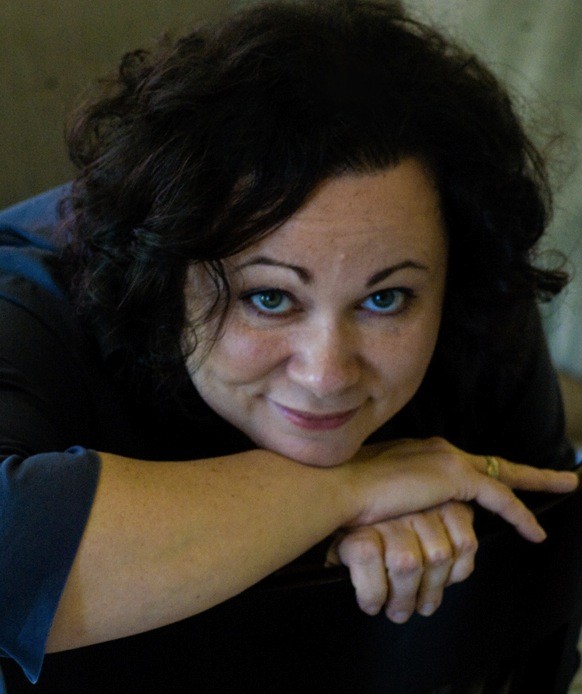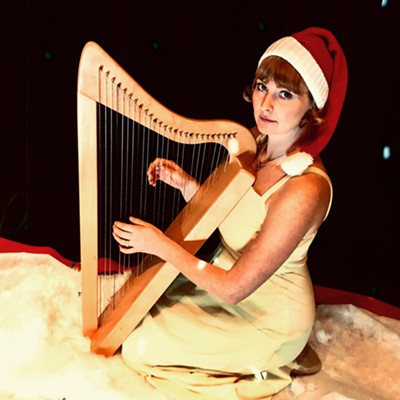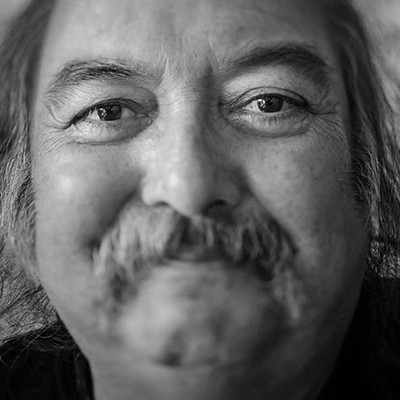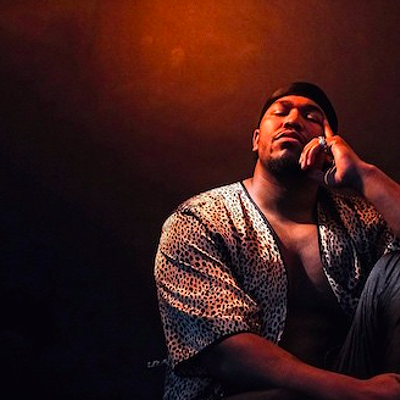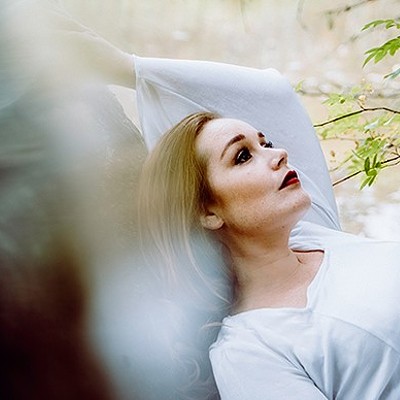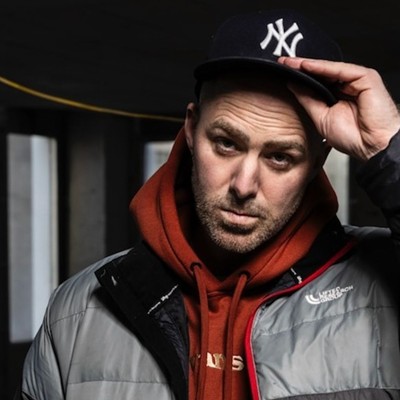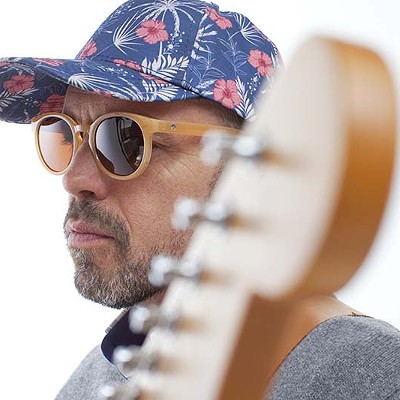“I've spent many happy hours in libraries and archives, poring over historical documents and collections of letters,” McKay says. “At the beginnings of a project, I devote the majority of my time to building the world of the novel in my mind. I surround myself with images of the period, read diaries and accounts of historical figures.” McKay even learned suture on a beef heart to get inside the head of a doctor. Her research culminated in the creation of the voice of Moth, a twelve-year-old girl abandoned on the streets of the Lower East Side who gets caught up in the world of brothels and watches many of the young girls around her play their parts in the myth of “the virgin cure”—the belief that intercourse with a female virgin can cure disease. It’s Moth’s friendship with a female physician, Dr. Sadie, that allows her to see other possibilities for her life.
McKay, who lives in Scots Bay, has embraced the use of a website, Twitter and Facebook to connect with her readers. Her blog is generous, filled with treats for fans: images that inspired her, peeks inside her creative process, extra bits of background and history that illuminate aspects of her novels. Readers get a sense of McKay’s hunting and gathering approach that eventually crosses over into imagination. “There comes a point when the research reaches critical mass and the writing takes over,” McKay says. “When the desire to create my own story trumps everything else, I know it's time to take all the bits and pieces I've gathered and make something new.”

